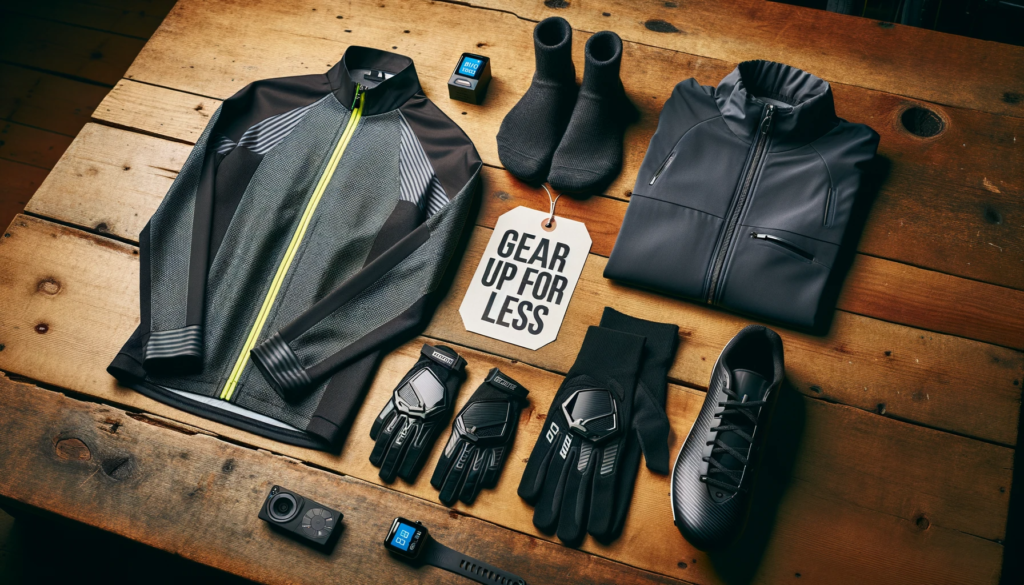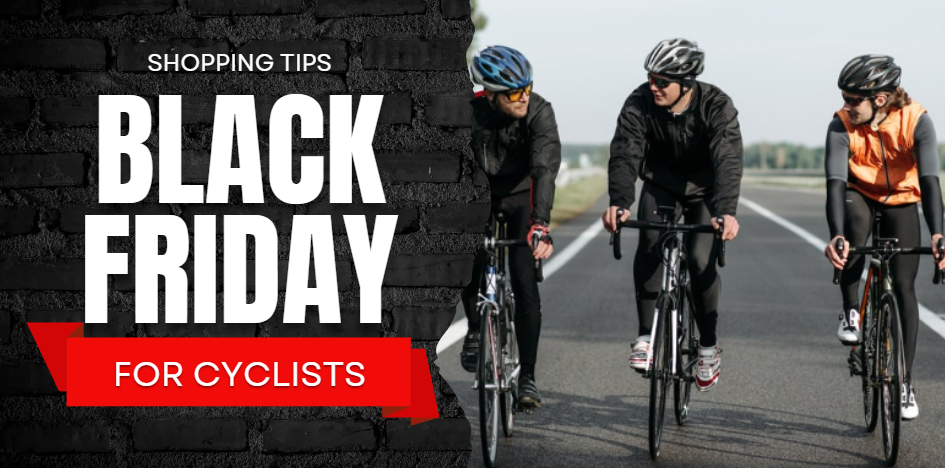
Cycling is a joy, but maintaining your bike ensures that joy lasts. Regular upkeep enhances safety, boosts performance, and extends the lifespan of your bicycle, potentially saving you from expensive repairs.
To maintain a bike in good condition, regularly clean and lubricate the chain, check tire pressure, and inspect the brakes. A well-maintained bike not only performs better but also reduces the risk of accidents, making it a critical practice for all riders.
Whether you’re commuting, hitting the trails, or enjoying a leisurely ride, these tips will help keep your ride in top condition.
Let’s dive in and learn how to keep your bike in top shape.
Pre-Ride Checks: The ABCs
Before every ride, a quick inspection can prevent issues. The ABCs—Air, Brakes, and Chain—are a simple framework:
- Air: Tires lose pressure over time, so check before each ride. Underinflated tires can lead to pinch flats, while overinflated ones may cause a harsh ride. The recommended PSI is on the tire sidewall, and using a floor pump with a gauge, ensures accuracy. For road bikes, pressures typically range from 80-130 PSI, while mountain bikes are around 25-35 PSI, depending on terrain.
- Brakes: Squeeze the levers to ensure they engage firmly without bottoming out. If they feel spongy, it might indicate worn pads or air in hydraulic systems, needing adjustment or replacement. This step is crucial for safety.
- Chain: A dry or dirty chain can cause poor shifting and wear on the drivetrain. Give it a visual check; if it’s squeaky or looks dry, apply lubricant. Wipe off excess to avoid attracting dirt.
Cleaning Your Bike: Step-by-Step
Cleaning isn’t just about looks; it’s about preserving your bike’s components. Here’s how to do it properly, based on insights from multiple sources:
- Prepare: Use a bike stand or turn the bike upside down for easier access. Gather supplies like a bucket, mild soap, sponges, a chain cleaning tool (optional), degreaser, and clean rags, as recommended by REI Expert Advice: How to Clean a Bike.
- Clean the drivetrain: Start with the chain, cassette, and chainrings. Apply degreaser, scrub with brushes, and rinse. For heavy grime, a chain cleaning device can help.
- Wash the frame: Mix soap with water and use a soft brush or sponge to clean the frame, fork, and wheels. Be gentle around decals to avoid damage.
- Rinse: Use low-pressure water to rinse off soap, avoiding bearings and hubs to prevent water damage.
- Dry: Use a clean towel to dry the bike, focusing on metal parts like the chain to prevent rust.
- Lubricate: After drying, apply lubricant to the chain, turn the pedals to distribute, then wipe off excess. Choose wet lube for rainy rides or dry lube for clear days.
Frequency varies by riding conditions. For road bikes, clean every 100-200 miles or monthly; for mountain bikes, after every muddy ride or every couple of weeks in dry conditions.
Lubricating Moving Parts: Keeping Things Smooth
Lubrication reduces friction and wear, extending component life. The chain is the priority, but other parts benefit too:
- Chain lubrication: After cleaning, apply lube to each link while pedaling backward. Let it sit, then wipe off excess to prevent dirt attraction. Wet lube is best for wet conditions, sticking well but attracting dirt; dry lube suits dry rides, rinsing off in rain, as noted in the same source.
- Other components: Lightly lubricate derailleurs, brake levers, and pedals, wiping off excess. Over-lubrication can attract dirt, so less is more.
Tire Maintenance: Your Connection to the Road
Tires are your bike’s contact with the ground, so keep them in check:
- Pressure check: Use a gauge to ensure tires are at the recommended PSI, typically on the sidewall. Underinflated tires can cause flats, while overinflated ones reduce traction. Check before each ride, especially for tubeless systems.
- Visual inspection: Look for cuts, punctures, or embedded objects. For tubeless tires, ensure enough sealant.
- Tread wear: If tread is worn or the tire feels hard, replace it. This prevents blowouts and ensures grip.
Brake Maintenance: Safety First
Brakes are non-negotiable for safety. Regular checks prevent failures:
- Pad inspection: For rim brakes, ensure pads have at least 1/8 inch of material and align with the rim. For disc brakes, check thickness (more than 1mm), and replace if worn.
- Cable or hydraulic system: Check cables for fraying or rust; for hydraulics, look for leaks or air bubbles.
- Adjustment: If brakes feel weak, adjust cable tension using the barrel adjuster or bleed hydraulic systems if needed, though professional help is recommended for complex tasks.
Gear Maintenance: Smooth Shifting
Smooth gear shifts enhance efficiency. Keep gears in top shape:
- Cleanliness: Keep the chain, cassette, and chainrings clean and lubricated.
- Chain wear: Use a chain checker tool; replace if stretched beyond 0.5% to avoid damaging other components. Chains typically last 2000-3000 miles, depending on usage.
- Derailleur adjustment: If shifting is rough, adjust cable tension or limit screws. For complex adjustments, consult a professional.
Inspecting for Wear and Tear: Catch Issues Early
Regular inspections prevent small problems from escalating:
- Bolt tightness: Check all bolts, especially stem, handlebars, seat post, and crank arms. Use a torque wrench for accuracy to avoid over-tightening.
- Frame integrity: Look for cracks, dents, or paint chips, especially around welds. If found, consult a professional.
- Component wear: Inspect pedals, grips, and saddle for wear, replacing as needed.
Storage Tips: Protect Your Investment
Proper storage prevents damage and keeps your bike ready:
- Environment: Store in a dry, cool place away from sunlight and moisture to prevent rust.
- Position: Hang by the frame or use a stand to avoid tire deformation.
- Long-term storage: Clean, lubricate, and deflate tires slightly and cover them to keep dust off, especially for extended periods.
Frequently Asked Questions
How To Maintain A Bicycle In Good Condition?
Regularly clean and lubricate the chain. Keep tires properly inflated. Check brakes for wear and adjust as needed. Ensure gears shift smoothly. Inspect for any loose bolts or parts.
What Is The Best Way To Maintain A Bike?
To maintain a bike, regularly clean and lubricate the chain, check tire pressure, inspect brakes, and tune gears. Store indoors to prevent rust and protect from elements. Regular tune-ups at a bike shop are recommended.
How To Keep A Bike In Condition?
To keep a bike in good condition, regularly clean and lubricate it. Check tire pressure, brakes, and gears. Store it indoors. Maintain proper chain tension.
How Do I Keep My Bike Healthy?
To keep your bike healthy, regularly clean and lubricate it, check tire pressure, inspect brakes, and store it properly.
Conclusion
By incorporating these essential tips, you’ll keep your bike in top shape, ensuring safety and enjoyment.
Regular care extends its life and enhances performance, making every ride more rewarding. Make maintenance a habit, and you’ll reap the benefits for years to come, as supported by all referenced sources.



